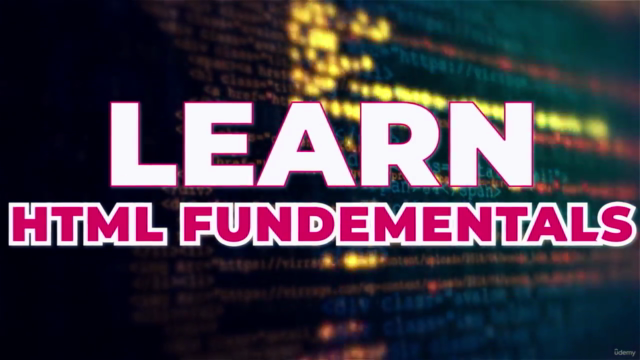HTML For Everyone: Real World Coding in HTML5
HTML5 for web development essential HTML from scratch. With this HTML course, you don't need previous knowledge of HTML
4.65 (577 reviews)

16,557
students
1.5 hours
content
Apr 2025
last update
FREE
regular price
What you will learn
You will have a basic understanding of HTML
Learn to create static HTML sites
Learn to create a beautiful, responsive landing page
Learn to use basic tags which are used commonly
Prepare lists in different formats
Learn the difference in usage between block level and inline elements in HTML
By learning the use of HTML table you will be able to create different designs of your own
You will be able to create commonly used user login and registration pages by learning the form structure
You will have beautiful coded and useful HTML examples
Learn HTML by doing
HTML, or hypertext markup language, is computer code used to create web pages and emails. Web developers, email marketers, web writers, and many others use HTML
HTML stands for hyper-text markup language. Whether on a mobile device or a computer, every website that you browse is designed with HTML.
HTML is a formatting language, not a programming language. Javascript is often necessary to make HTML “dynamic.”
HTML is designed on a modular basis, meaning every part of the web page has a specific “place.” An HTML element is a part of the page.
HTML is not considered a programming language but rather a markup or formatting language. This is an important distinction.
Screenshots




Related Topics
2875536
udemy ID
3/16/2020
course created date
3/20/2020
course indexed date
Bot
course submited by